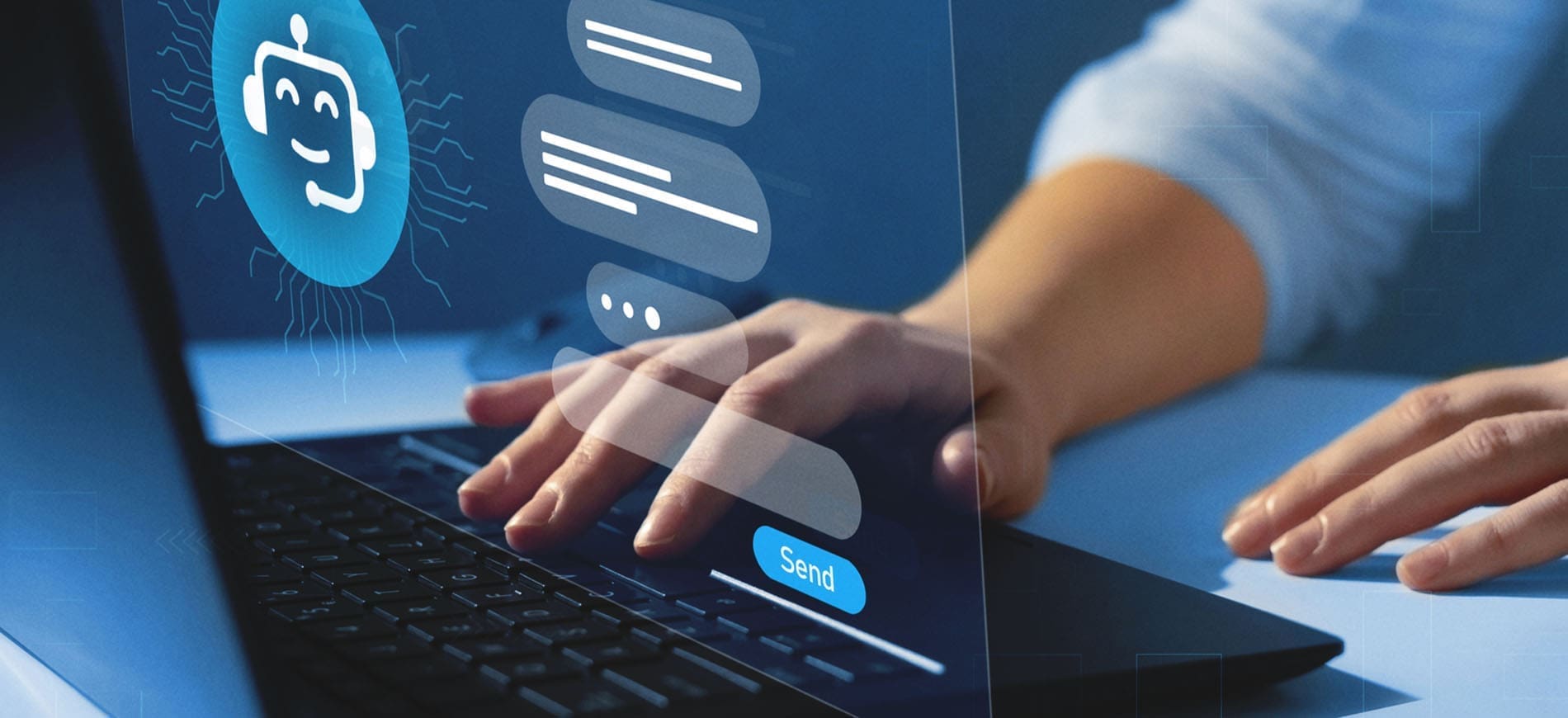It’s been a year since Facebook rebranded as Meta and announced its focus on building the metaverse. Which raises some questions: What’s been happening with the metaverse over the last 12 months? And specifically, what does it mean for consumers and brands in Southeast Asia?
Many observers of the metaverse would have noticed that the noise around it has quietened significantly since its peak in October 2021, as reported by Google Trends.
Arguably – beyond aggressive marketing and headlines reporting huge chunks of money being made from trading digital artwork that nobody understood – the reason why the metaverse generated so much interest in 2021 was that technology had advanced to a point where it truly felt possible to experience immersive virtual worlds.
Indicators included how popular (and advanced) video games had become and how consumers grew more comfortable conducting various activities – work, learn, play, date, shop, etc. – online. COVID-19 definitely accelerated these trends and made people realise how much of their lives could be lived digitally. Additionally, practical challenges of digital existence, such as trade, ownership, and immersion, were increasingly checked off through advancements in digital tokens, VR headsets, and internet speeds.
Unfortunately, ‘the metaverse’ largely failed to meet user expectations.
Defining the metaverse
The metaverse is a digital extension of reality, a part of the future of the internet. It is a virtual space in which immersed users can interact with their environment and other users as if these interactions were taking place in real life.
“The future of the internet” will likely be screenless. Our lives will be deeply connected, immersed, and overlaid with the digital world through AR and AR technologies. Imagine typing in the air on a keyboard only you can see through your smart contact lenses. Or rather than live-streaming a concert, being in the crowd and experiencing the action in person, digitally.
When it comes to being “digitally immersed”, imagine seeing the virtual world in first-person – turning to your left and seeing your friend’s avatar as they search their pockets for their NFT ticket, then turning to your right and seeing the new virtual club that has taken over the space previously occupied by your favourite virtual museum.
And by “real life”, I’m talking about the element of persistence, how the virtual world continues to spin and change even if you’ve been sleeping (or offline). But also how, when you wake up, you have the ability to bring to life (and sell) the idea that came to you in a dream.
This definition is debatable, and will evolve, but it tries to take into account the claims made by companies working on the metaverse, as well as the expectations many potential users have for the metaverse.
Why the metaverse isn’t serving brands – yet
By the above definition, many brand initiated ‘metaverses’ we’ve seen so far – designed to be experienced on a browser or smartphone and with limited possible actions for users – don’t really count as a metaverse; but they were commendable efforts to create new digital experiences that engaged consumers and introduced many to the concept of the metaverse.
However, the metaverse – as defined above – already exists. Though presently, very few people are on it. To attract users and become a mainstream way people interact with the digital world, it has to get a lot more accessible and interesting.
The virtual experience needs to be significantly improved. VR headsets are still relatively expensive, but they are necessary to be immersed in the metaverse and feel a sense of presence when interacting with the virtual space. But even for those who can afford it, what’s the point in getting one when the metaverse still doesn’t seem like an attractive place to be?
VR controls are still not very intuitive, extended-use makes a lot of people feel sick (due to lags in the visual/movement experience) and new users who haven’t done their homework often find themselves in an empty world with not much to do or no other users to engage with. Compared to many video game characters today, avatars in Meta’s Horizon and VRChat are still blocky and ill-defined (I’d argue that they don’t need to be hyper-realistic to appeal to users, but their fluidity and expressiveness need to be enhanced).
But we know that technological shortcomings can be resolved – especially with the billions of funds and the best minds in tech being channelled toward building the metaverse. The hardware can become more affordable, and the virtual experience can wildly improve – but whether that can happen in the next five, 10, or 20 years is hard to say.
Popular MMO (Massively Multiplayer Online) games like Fortnite and Roblox – which have many more users than most explicit metaverses – will likely introduce VR experiences (something Fortnite has teased) once they can create the experience their (large, vocal, and influential community of) players expect.
Continually expanding the possibilities of what can be done (beyond playing the game) while infusing the digital experience with familiar characters and other world mechanics, the metaverse will likely be led by game developers creating increasingly immersive experiences for players to engage in.
Is the metaverse exciting enough for consumers?
The metaverse needs to be more interesting. Technically, you (the human) can’t eat in the metaverse (though it’s possible that eating or the social aspects of dining can be virtually enhanced). The energy at concerts will still feel more powerful in real life. While consumers can try out clothes digitally, why should they do that if there’s a store nearby?
Theoretically, the metaverse can replicate the real world, and there will be beneficial use cases for that – like safely testing self-driving technologies, providing occupation training, urban planning, visualising the shifts that may occur due to climate change, receiving therapy or medical treatment, etc.
However, barring an uninhabitable world where humans are permanently stuck in their homes, how excited will users be about experiencing a digital replica of the physical place that exists?
The metaverse is a place of limitless possibilities and brands looking for opportunities within it should approach it as such. Infusing story, fantasy, history, or the future, tweaking the rules of physics, or exploring the world as a cat are all things that can be tried in the metaverse that cannot be done in real life. According to Mintel Global Consumer data, 64% of Southeast Asian consumers say they are interested in trying things in the metaverse that they would not try in real life.
Will Southeast Asian consumers be major adopters of the metaverse?
It’s quite possible, compared to the global median of 45%, 62% of Southeast Asian consumers say they have heard about the metaverse before and know at least a little about it, according to Mintel Global Consumer data. Presently, Thailand is home to the highest number of NFT users in the world (learn more about NFTs in this episode of Mintel Little Conversation podcast), consumers in the Philippines spent (on average) four hours per day on social networks in 2021, and 90% of Indonesian consumers who personally own a smartphone have played games on it in the three months to Aug. 2022.
All these indicate a significant interest in exploring the metaverse – when it becomes accessible and interesting enough. Many Southeast Asian consumers are drawn to digital platforms, technologies, and opportunities – perhaps because the digital world is already so entertaining, exciting, and filled with possibilities. Across the region, we’re seeing an emphasis on digitisation and learning technology skills as individuals, start-ups, and nations prepare themselves for success in the digital future. Developers, designers, creators and thinkers hand-in-hand with governments are experimenting with metatourism and beyond. Other factors that might influence adoption include unstable (or weak) local currencies or the inability of certain members of society to express themselves freely.
For brands unsure of their role in the metaverse or whether or not it’s even the right time, take comfort in the fact that the metaverse is still in its infancy. In the meantime, there remains plenty of room to experiment with gaming, entertainment, and pop culture – to understand the elements that appeal to consumers and get them excited – and infuse those learnings into big and small plans for the metaverse.

















![[LISTEN] Tech at Mintel: A Tech Leader’s Journey to Success and Inclusion](https://www.mintel.com/app/uploads/2023/08/Tech-at-Mintel-Sound-Waves-Podcast.jpg)



















